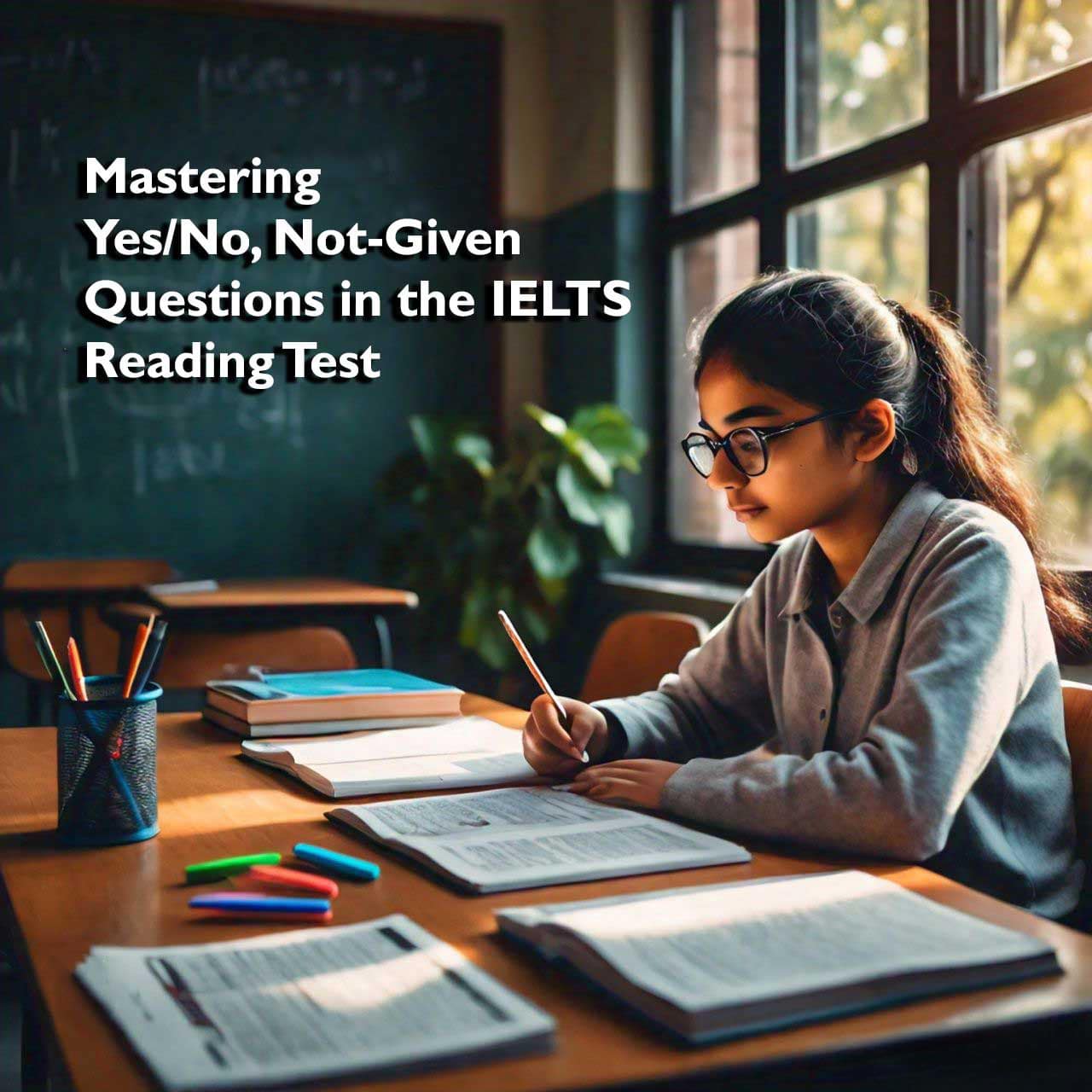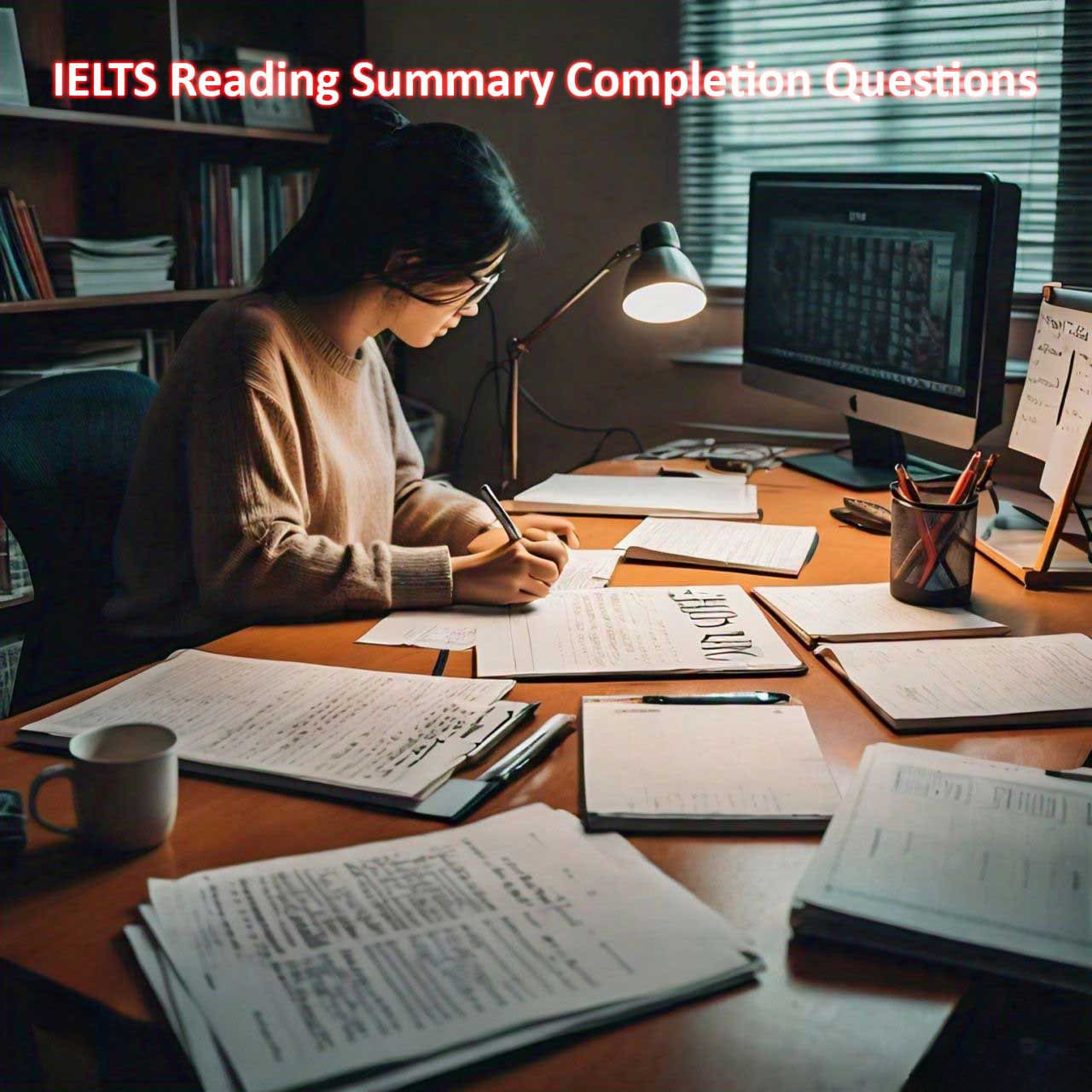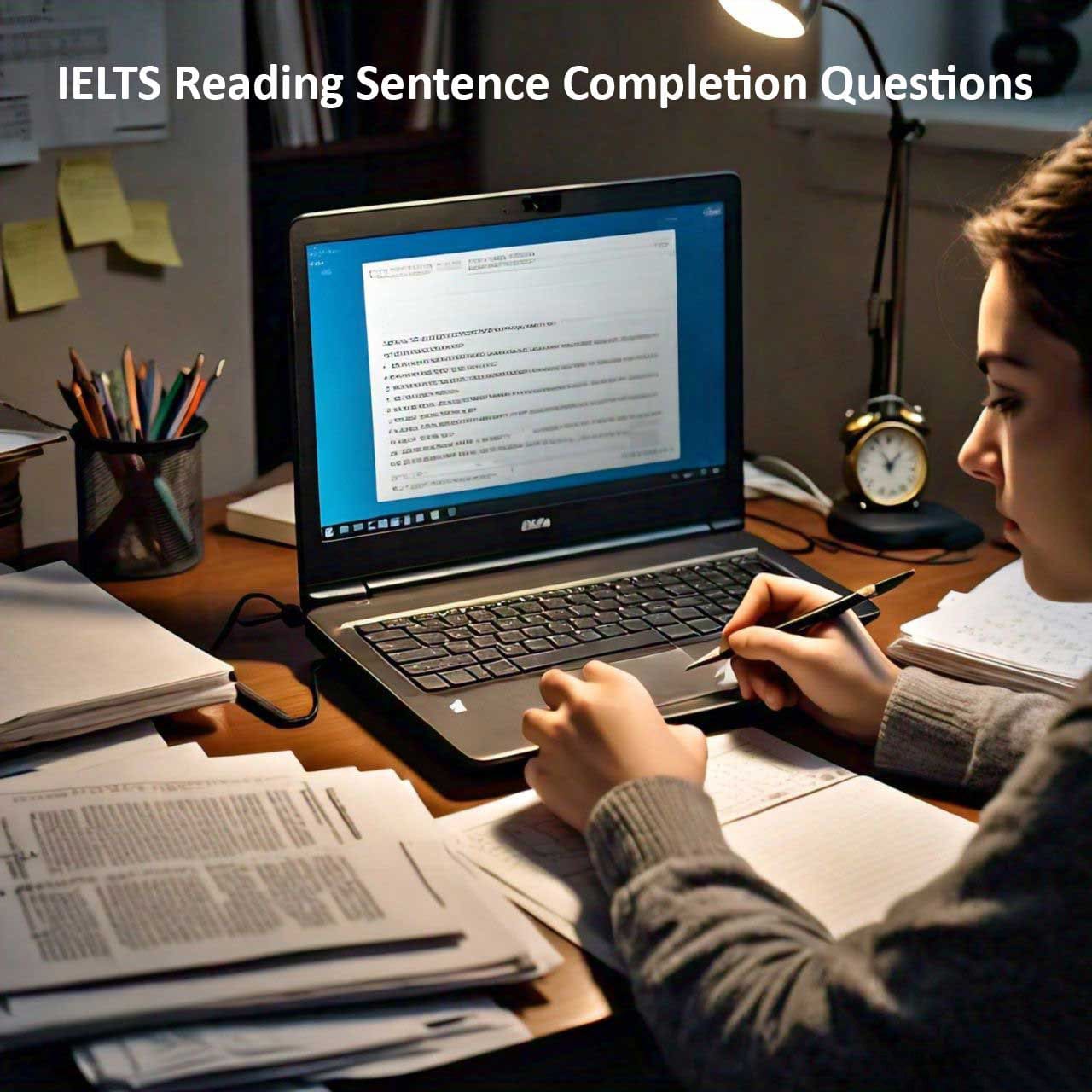The IELTS Reading test is a crucial part of the exam, assessing your ability to understand and interpret written texts in English. Among the various question types, Yes/No/Not Given questions can be particularly challenging. These questions require a precise understanding of the text and careful interpretation of information. Here’s a comprehensive guide to help you tackle Yes/No/Not Given questions effectively.
Understanding Yes/No/Not Given Questions
Yes/No/Not Given questions assess your ability to identify the writer’s opinions or claims within a passage. Here’s a breakdown of what each option means:
– Yes: The statement agrees with the information or opinion in the passage.
– No: The statement contradicts the information or opinion in the passage.
– Not Given: The information or opinion is not provided or cannot be inferred from the passage.
It’s essential to distinguish between what is explicitly stated, what is implied, and what is not mentioned at all.
Strategies for Answering Yes/No/Not Given Questions
1. Read the Instructions Carefully
Before diving into the passage, ensure you understand the instructions. Yes/No/Not Given questions focus on the writer’s opinions, so keep an eye out for subjective statements or viewpoints.
2. Skim and Scan the Passage
Quickly skim the passage to get a general idea of the content and structure. Then, scan for keywords or phrases from the questions to locate the relevant parts of the text. This helps you focus on specific sections without getting overwhelmed by the entire passage.
3. Identify Keywords and Synonyms
Look for keywords in the questions and find their synonyms or related phrases in the passage. Authors often use different words to express the same ideas, so recognizing synonyms can be crucial in matching the question to the relevant part of the text.
4. Understand the Context
Context is key in determining whether the information supports, contradicts, or is absent in the passage. Read around the identified keywords to grasp the full context. Sometimes, a single sentence might not provide enough information to decide; the surrounding sentences might be necessary for a complete understanding.
5. Distinguish Between Fact and Opinion
Yes/No/Not Given questions often revolve around opinions rather than factual information. Pay attention to language that indicates opinion, such as “believe,” “think,” “suggest,” or “claim.” Identifying these can help you understand whether the statement aligns with the writer’s viewpoint.
6. Practice Critical Thinking
Analyze the statements critically. If the statement reflects an opinion found in the passage, mark it as Yes. If it directly opposes the opinion, mark it as No. If there’s no information to confirm or deny the statement, mark it as Not Given. Avoid making assumptions beyond what is stated or implied in the text.
Common Pitfalls and How to Avoid Them
1. Overinterpreting the Text
A common mistake is reading too much into the passage and assuming information that isn’t explicitly provided. Stick to what is clearly stated or implied.
2. Misidentifying Synonyms
Synonyms can be tricky. Ensure that the words you consider as synonyms convey the same meaning in the given context. Misinterpreting synonyms can lead to incorrect answers.
3. Ignoring the Writer’s Opinion
Sometimes, students focus on factual information and miss the writer’s opinion. Remember, Yes/No/Not Given questions often pertain to opinions or claims rather than facts.
4. Rushing Through the Passage
While time management is crucial, rushing can lead to missing critical details. Practice skimming and scanning techniques to improve speed without compromising comprehension.
Practice Makes Perfect
Consistent practice is vital to mastering Yes/No/Not Given questions. Here are some effective practice methods:
– Use Official IELTS Practice Materials: Practice with official IELTS reading passages to familiarize yourself with the question types and difficulty level.
– Review Mistakes Thoroughly: After practicing, review your incorrect answers to understand where you went wrong. This helps in identifying patterns in mistakes and areas for improvement.
– Timed Practice Sessions: Simulate test conditions by practicing with a timer. This helps improve your speed and efficiency.
Conclusion
Yes/No/Not Given questions in the IELTS Reading test require careful analysis and a clear understanding of the text. By following the strategies outlined above, you can enhance your ability to discern the writer’s opinions and accurately determine whether the statements are Yes, No, or Not Given. With regular practice and critical reading skills, you can confidently tackle this challenging question type and improve your overall IELTS Reading score.



